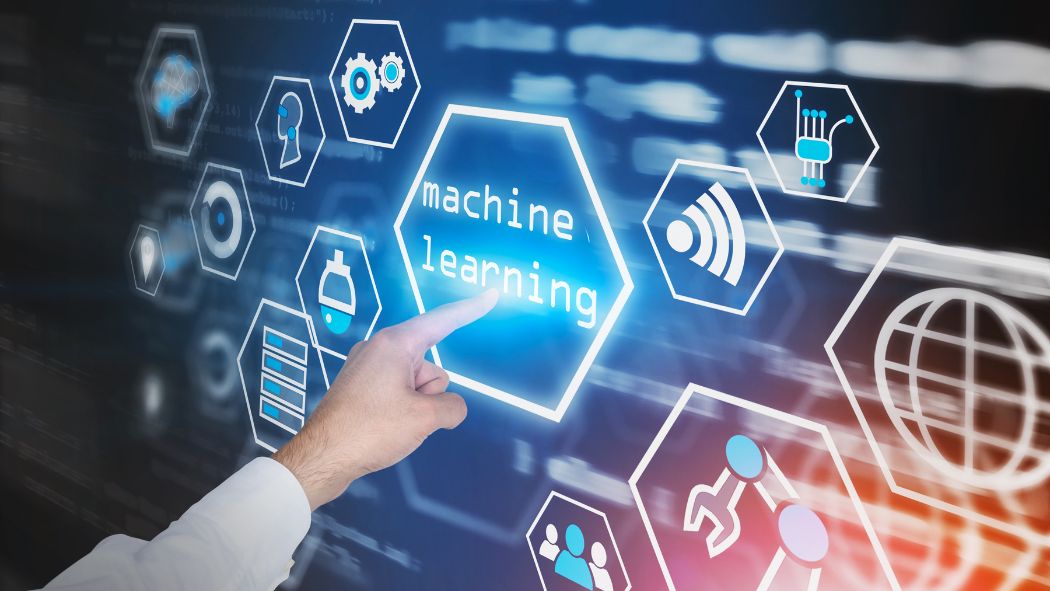The Role of Machine Learning in Enhancing Revenue Management

In the ever-evolving landscape of revenue management, machine learning (ML) has emerged as a transformative force. Leveraging advanced algorithms and data analytics, ML empowers businesses to optimize their revenue strategies, predict trends, and make data-driven decisions with unprecedented accuracy. In this blog, we’ll explore how machine learning is enhancing revenue management and its impact on various industries.
What is Revenue Management?
Revenue management is a strategic approach to maximizing revenue by optimizing pricing, inventory, and demand. It involves forecasting demand, setting prices, and managing inventory to ensure that businesses can sell the right product to the right customer at the right time for the right price. Traditional revenue management strategies rely on historical data and manual analysis, but machine learning is revolutionizing this field by offering more sophisticated and dynamic solutions.
How Machine Learning Enhances Revenue Management
1. Demand Forecasting
Accurate demand forecasting is critical for effective revenue management. Machine learning algorithms analyze historical sales data, market trends, and external factors to predict future demand with high precision. Unlike traditional methods, which may rely on simplistic models, ML algorithms can account for complex patterns and anomalies, leading to more accurate forecasts.
Example: In the hospitality industry, ML models can predict hotel room demand by analyzing booking patterns, seasonal trends, local events, and even weather conditions. This helps hotels adjust pricing and inventory to maximize occupancy and revenue.
2. Dynamic Pricing
Dynamic pricing involves adjusting prices in real-time based on various factors such as demand, competition, and customer behavior. Machine learning enhances dynamic pricing by continuously analyzing vast amounts of data and optimizing prices to maximize revenue and profitability.
Example: E-commerce platforms use ML algorithms to adjust prices based on competitor pricing, customer purchasing behavior, and inventory levels. This enables businesses to offer competitive prices while optimizing their margins.
3. Personalized Pricing
Personalized pricing tailors prices based on individual customer profiles, preferences, and buying behavior. Machine learning algorithms can segment customers and analyze their purchase history to offer personalized pricing and promotions.
Example: Subscription services use ML to analyze user behavior and engagement patterns, allowing them to offer customized pricing plans and discounts based on individual usage and preferences.
4. Revenue Leakage Detection
Revenue leakage refers to lost revenue due to errors, inefficiencies, or missed opportunities. Machine learning can identify patterns and anomalies that indicate potential revenue leakage, helping businesses address issues proactively.
Example: In the airline industry, ML can analyze booking data to identify discrepancies in pricing, unutilized promotions, or errors in fare calculations. This helps airlines recover lost revenue and improve their pricing strategies.
5. Inventory Optimization
Effective inventory management is crucial for maximizing revenue. Machine learning algorithms analyze sales patterns, inventory levels, and demand forecasts to optimize inventory distribution and minimize stockouts or overstock situations.
Example: Retailers use ML to manage their inventory by predicting which products will be in demand and adjusting stock levels accordingly. This ensures that popular items are always available while minimizing excess inventory and associated costs.
6. Customer Segmentation and Targeting
Machine learning enhances customer segmentation by analyzing vast amounts of data to identify distinct customer segments based on behavior, preferences, and purchasing patterns. This enables businesses to target specific segments with tailored marketing and pricing strategies.
Example: A travel agency might use ML to segment customers based on travel preferences, spending habits, and booking history. This allows the agency to offer personalized travel packages and promotions to different customer groups, increasing the likelihood of conversion.
7. Real-Time Analytics
Real-time analytics powered by machine learning provides businesses with up-to-the-minute insights into revenue performance, customer behavior, and market trends. This allows for agile decision-making and rapid adjustments to strategies.
Example: Online marketplaces use ML to analyze real-time sales data and customer interactions. This helps them adjust pricing, manage inventory, and optimize marketing campaigns on the fly.
Implementing Machine Learning in Revenue Management
To leverage machine learning for revenue management, businesses should follow these steps:
- Define Objectives: Clearly outline the goals you want to achieve with ML, such as improving demand forecasting, optimizing pricing, or detecting revenue leakage.
- Collect and Prepare Data: Gather relevant data from various sources, such as sales records, customer interactions, and market trends. Ensure the data is clean, accurate, and structured for ML analysis.
- Choose the Right Algorithms: Select appropriate ML algorithms based on your objectives and data. Common algorithms used in revenue management include regression models, clustering algorithms, and neural networks.
- Train and Test Models: Train your ML models using historical data and test them to ensure they provide accurate predictions and insights. Continuously monitor and refine the models to improve their performance.
- Integrate with Existing Systems: Implement ML solutions into your existing revenue management systems and workflows. Ensure seamless integration with pricing tools, CRM systems, and inventory management platforms.
- Monitor and Evaluate: Regularly evaluate the performance of your ML models and their impact on revenue management. Adjust strategies and models as needed to align with changing market conditions and business goals.
Conclusion
Machine learning is revolutionizing revenue management by offering advanced analytics, dynamic pricing, personalized strategies, and real-time insights. By leveraging ML, businesses can enhance their revenue optimization efforts, improve forecasting accuracy, and make data-driven decisions that drive profitability. Embracing machine learning in revenue management is not just a trend—it’s a strategic advantage that can lead to significant growth and competitive differentiation. As technology continues to evolve, staying ahead of the curve with ML-powered solutions will be key to achieving long-term success.






